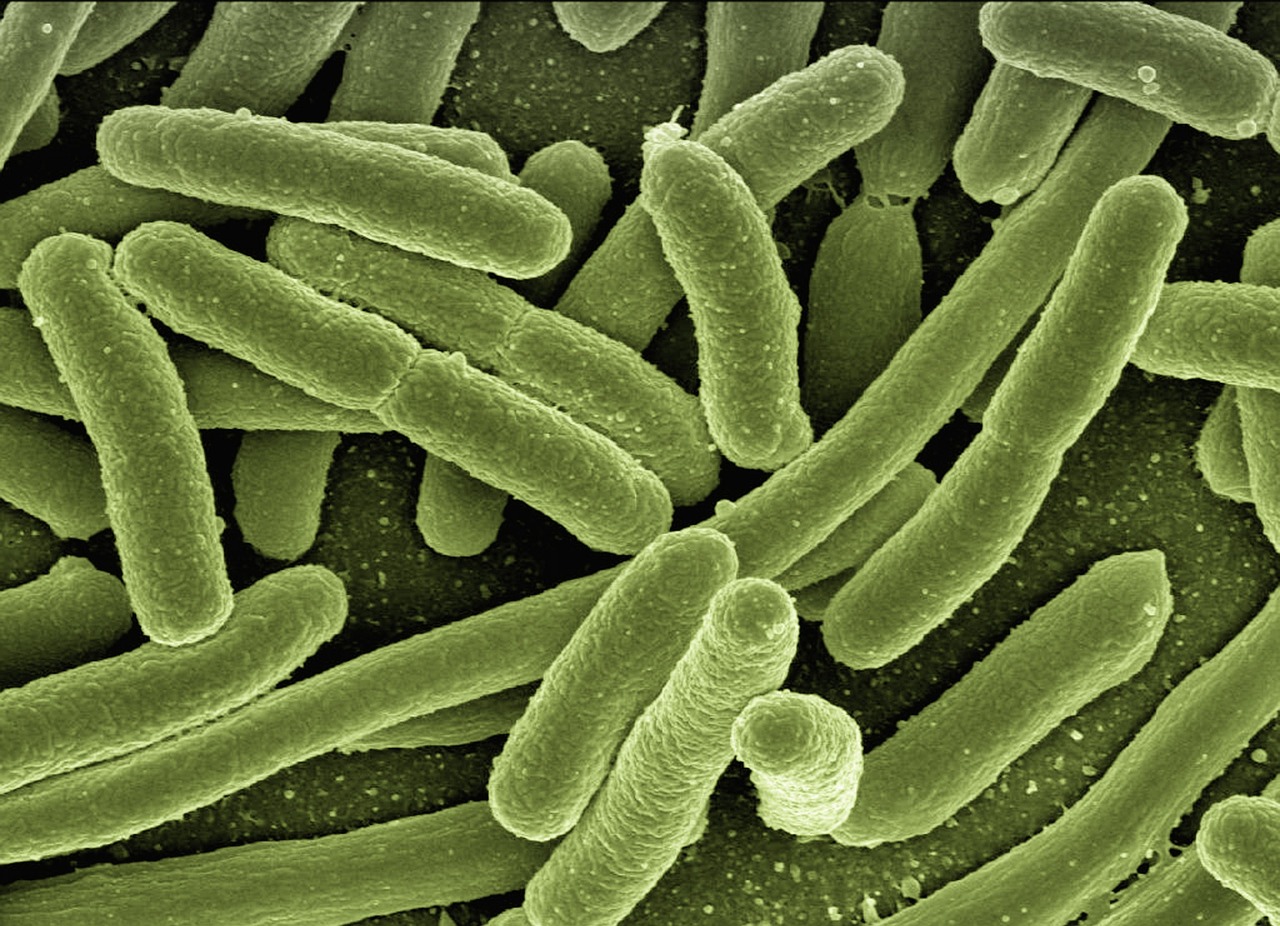Cholera is a bacterial infection. It usually spreads via tainted food or water. The most troublesome symptoms are intense diarrhea and dehydration. If left untreated, this disease may be fatal within hours, even in formerly healthy people.
Modern sewage and water treatment has nearly stopped this condition in industrialized countries. However, the infection risk still exists in developing ones. It is the highest when poverty, violent conflicts, or natural catastrophes push individuals to stay in packed circumstances without sufficient sanitary conditions.
Cholera is efficiently treated. An uncomplicated and affordable rehydration solution can prevent death from intense dehydration.

A bacterium named Vibrio cholerae![]() induces cholera
induces cholera![]() . The harmful consequences of this condition are the effect of a toxin the bacteria multiplies in the organism. The poison forces the organism to secrete tremendous amounts of water, which leads to diarrhea and a quick loss of fluids and electrolytes.
. The harmful consequences of this condition are the effect of a toxin the bacteria multiplies in the organism. The poison forces the organism to secrete tremendous amounts of water, which leads to diarrhea and a quick loss of fluids and electrolytes.
The bacteria might not cause disease in all individuals exposed to them. However, they still pass the bacteria in their stool, which may spoil food and water supplies. Water supplies that are contaminated are the typical origin of this condition. You can find the bacterium in:
The primary aspects raising the risk factors of cholera spread are:
Individuals most at risk of cholera infection are:
Although this condition is a deadly disease, many infections are asymptomatic or have only minimal symptoms, not unlike ordinary stomach ailments, the typical manifestation of which is diarrhea.
As for the ordinary course, the incubation period is relatively short – lasting from several hours to five days. There are no prodromal symptoms, i.e., harbingers of the onset of more severe ailments, at this time.
These appear suddenly and violently. The classic symptoms of cholera include:
However, within 24 hours, problems arise due to severe dehydration of the body, which is natural when the patient passes up to 30 liters of watery stool.
If left untreated, cholera can be a fatal disease, especially if it affects children and seniors with other chronic diseases. Death is mainly caused by the severity of the disease, kidney failure, dehydration, and electrolyte disorders.

Cholera symptoms may make the organism lose massive amounts of significant substances:
When the body has a deficit of those things, the patient gets dehydrated and can experience:
Untreated, intense dehydration![]() from cholera may cause:
from cholera may cause:
People experiencing dehydration generally notice signs, e.g.:
Moreover, cholera-related dehydration may lead to an electrolyte imbalance![]() or a quick loss of vital minerals in the blood. Individuals experiencing an electrolyte imbalance can notice irregular heart rhythms or muscle cramps. They may happen due to decreased levels of sodium, chloride, and potassium in the blood, with hypovolemic shock caused by dangerous drops in blood pressure and oxygen flow. If untreated, shock and an electrolyte imbalance may be life-threatening.
or a quick loss of vital minerals in the blood. Individuals experiencing an electrolyte imbalance can notice irregular heart rhythms or muscle cramps. They may happen due to decreased levels of sodium, chloride, and potassium in the blood, with hypovolemic shock caused by dangerous drops in blood pressure and oxygen flow. If untreated, shock and an electrolyte imbalance may be life-threatening.
The presentation of severe acute watery diarrhea in a patient may prompt a physician to consider a diagnosis of cholera, particularly if the individual has recently traveled to an endemic area or has consumed seafood, especially in a raw or undercooked state. In such cases, the physician may order a microbiological examination of the patient's stool to identify the causative bacteria and prescribe the appropriate antibiotic regimen. The specialists do these tests by taking a little stool sample and applying it on a medium to catch if the microorganisms will grow.
Sometimes, experts use rapid tests. They allow to wait several minutes or days to see if someone is positive for this condition. The saved time may help medical teams work faster to manage a cholera outbreak more efficiently.
They don't demand refrigeration to work so specialists may use them in many places around the globe. Those tests are also affordable and demand notably less training to administer.
Nevertheless, the most significant disadvantage to the quick tests is that they are not as meticulous as lab cultures. Research leads them to be exceptionally useful at identifying individuals with this condition.
It is also imperative for the physician to evaluate the extent of fluid loss in patients afflicted with this condition, as it can be significant and impact the formulation of an appropriate treatment plan.
While additional laboratory examinations are not typically required, the decision to perform such tests lies within the physician's discretion.
This condition demands immediate treatment because it can lead to death within hours.
Cholera treatment is primarily symptomatic and involves managing the patient's fluid and mineral intake. Rapid fluid loss poses a significant risk to the patient's life, necessitating dehydration prevention. This means the need to start rehydration therapy. Oral hydration may suffice for mild cholera cases, while advanced stages require intravenous fluids.
The plan is to substitute lost fluids and electrolytes with a simple rehydration solution. The oral rehydration salts (ORS) solution can be easily bought as a powder in a pharmacy. You can make a drink by adding boiled or bottled water.
Most individuals with this condition may only need oral rehydration. However, severely dehydrated ones will also require intravenous fluids.
While not a critical element of cholera therapy, some antibiotics may decrease cholera-related symptoms (e.g., diarrhea) and shorten how long it lasts in ill individuals.
In case of cholera infection in children up to 14 years of age, zinc supplementation is used. This mineral shortens the duration of diarrhea and protects against re-infection with Vibrio cholerae. Young children can also be breastfed, which positively affects their immune system. It also allows you to provide essential nutrients.
Cholera vaccines were first developed in the late 19th century, after years of grappling with successive epidemic waves. Research in this area was conducted at various centers, resulting in several discrepancies regarding prioritization.
However, despite the discovery of cholera vaccines a long time ago, their implementation on a mass scale began only a century later. Therefore, their effectiveness is still being evaluated, and not all conclusions are definitive.
The World Health Organization recommends three cholera vaccines for worldwide use, namely Dukoral, ShanChol, and Euvichol-Plus. The latter two are used for mass vaccinations in third-world countries.
The vaccine in question consists of inactivated Vibrio cholerae 01 strains, encompassing classic and El Tor biotypes, as well as Inaba and Ogawa serotypes, in conjunction with toxin B (rCTB), which provides supplementary protection against Escherichia coli infection.

For individuals above six years of age, the vaccine entails one or two oral doses, dissolved in 150 ml of water, and separated by a time frame of 1 to 6 weeks. In contrast, children aged 2-6 years necessitate two or three doses. It all depends on the vaccine type.
It is imperative to note that younger children and pregnant women should abstain from vaccination. The vaccine must be administered at least one week before the planned travel date.
In older patients, immunity persists for 2 years, whereas in children, it lasts approximately six months. Beyond this period, a booster dose is necessary.
It is important to acknowledge that the vaccine is not obligatory, even for individuals traveling to affected regions; however, it is recommended. As such, reimbursement is not applicable.
Notably, the vaccine may result in side effects, including stomach pain, diarrhea, nausea, and vomiting. Less prevalent side effects can entail appetite disturbances, fever, dizziness, and malaise. Fatigue, chills, joint pain, and severe anaphylactic reactions can occur in rare cases. Individuals who have previously experienced anaphylactic shock after receiving a vaccine should not undergo vaccination. Contraindications include allergy to vaccine ingredients, acute gastrointestinal disorders, and acute infection accompanied by fever.
Even vaccinated people, after traveling to risk areas, are not exempt from the general rules of cholera prevention. Following them additionally protects against infection and its signs and helps protect other people (remember that asymptomatic carriers are also a potential source of infection). The following are of fundamental importance in prevention.
Take care of the sanitary conditions in which you stay – you should especially protect the available water against contamination with feces and purify it, if necessary.
Take care of personal hygiene, especially frequent washing of hands after using the toilet in a hotel, restaurant, or other such places.
Great caution about the food and drinks consumed. You should never drink unboiled water or eat raw food products, especially if they were not packaged. As mentioned above, seafood poses the most severe threat. Experts recommend following a helpful rule: scald, boil, peel, or forget.
Moreover, isolation should result not from regulations but from medical recommendations and good customs. It also works the other way around – as part of prevention, you should avoid contact with sick people or people with suspected infection. As far as possible, you should avoid traveling to places particularly affected by the epidemic.
A patient with confirmed cholera should be hospitalized, and the rooms in which he stayed should be disinfected. People with direct or indirect contact with him must undergo tests.